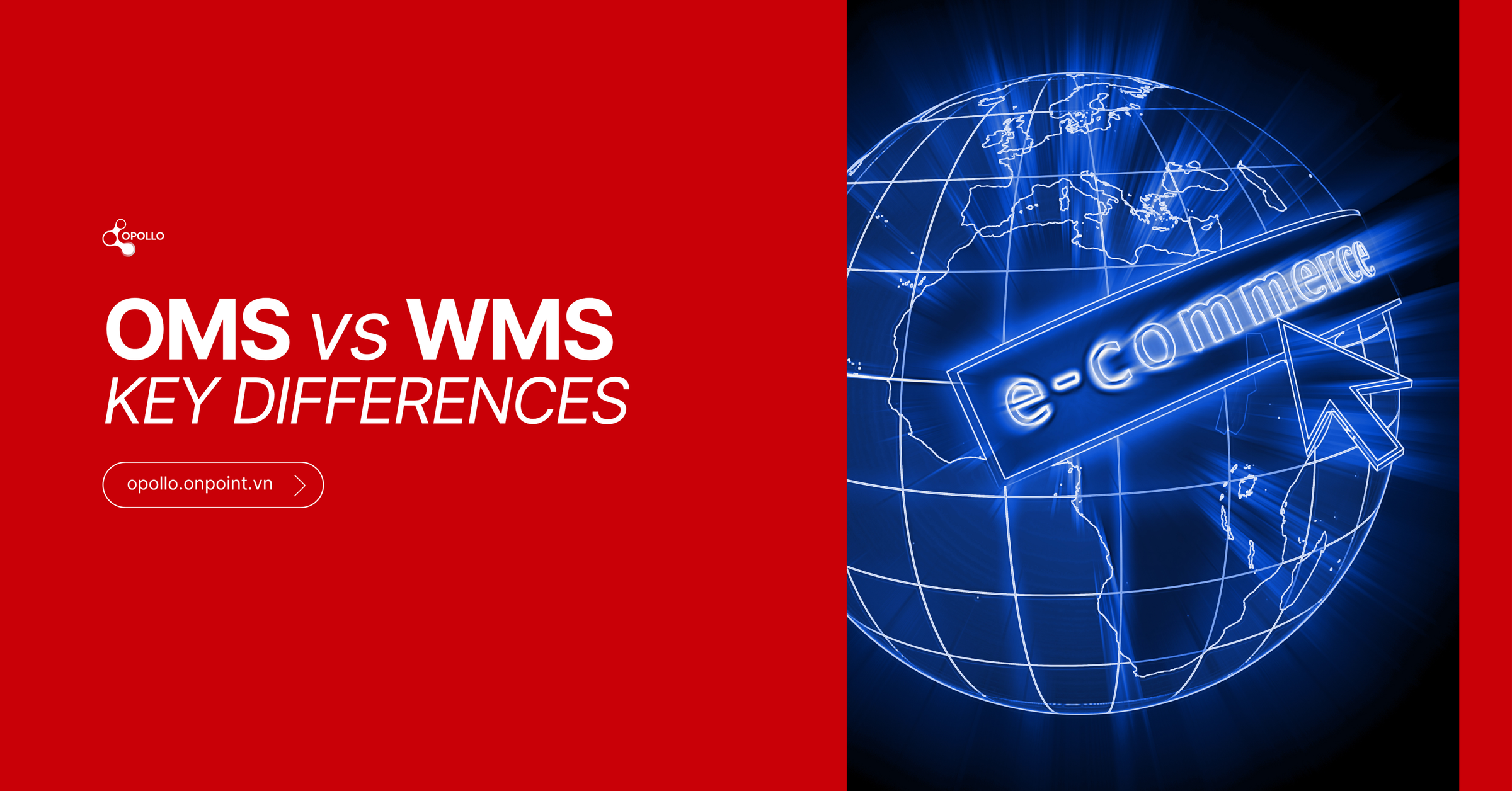Introduction
When it comes to optimizing e-commerce operations, two acronyms often cause confusion: OMS and WMS. Both systems are vital to order fulfillment, but they serve very different purposes.
Understanding the difference between an Order Management System (OMS) and a Warehouse Management System (WMS) can help you choose the right solution — or even combine them — to achieve end-to-end efficiency.
In this guide, we’ll break down what each system does, how they work together, and when your business should implement them.
Table of Contents
- What is an OMS?
- What is a WMS?
- OMS vs WMS: Key Differences
- How OMS and WMS Work Together
- When to Invest in OMS, WMS, or Both
- Conclusion
1. What is an OMS?
An Order Management System (OMS) is software that helps businesses centralize and automate order processingacross multiple sales channels. It connects online stores, marketplaces, and offline POS systems into one dashboard, giving real-time visibility over orders, inventory, and fulfillment.
Key Functions of OMS:
- Centralize orders from Shopee, Lazada, TikTok Shop, and websites
- Sync real-time inventory across channels
- Automate order routing and allocation
- Manage returns, refunds, and cancellations
- Provide analytics and reports for sales performance
In short: OMS manages the flow of orders — from purchase to delivery.
2. What is a WMS?
A Warehouse Management System (WMS) focuses on the physical operations inside the warehouse. It controls how goods are received, stored, picked, packed, and shipped to customers.
Key Functions of WMS:
- Track stock movement and locations
- Optimize picking and packing routes
- Manage inbound and outbound shipments
- Support barcode or RFID scanning
- Measure staff performance and warehouse utilization
In short: WMS manages the movement of goods inside the warehouse.
3. OMS vs WMS: Key Differences
| Category | OMS (Order Management System) | WMS (Warehouse Management System) |
|---|---|---|
| Main Focus | Order processing and channel management | Warehouse operations and inventory movement |
| Key Users | E-commerce, retail, customer service teams | Warehouse and logistics teams |
| Core Function | Centralize and automate order flow | Optimize warehouse efficiency |
| Integration | Connects to marketplaces, POS, ERP, WMS | Connects to OMS, shipping, ERP |
| Data Focus | Order, customer, and channel data | Stock, location, and warehouse data |
| Goal | Improve fulfillment speed and accuracy | Improve warehouse productivity and space use |
| Example Tool | Opollo OMS | WMS partners integrated with Opollo |
4. How OMS and WMS Work Together
Although OMS and WMS perform different functions, they work best when integrated.
For example:
- OMS receives an order from Shopee or TikTok Shop.
- OMS sends the order to WMS for picking and packing.
- WMS confirms shipment and updates OMS with the tracking number.
- OMS updates the customer and syncs inventory across all channels.
Together, OMS and WMS create a seamless fulfillment process — from order capture to delivery.
5. When to Invest in OMS, WMS, or Both
You Need OMS If:
- You sell on multiple channels (Shopee, Lazada, TikTok, website).
- You struggle with overselling or stock sync issues.
- You want to automate order routing and fulfillment.
You Need WMS If:
- You manage one or more physical warehouses.
- You face picking errors, stock inaccuracy, or space inefficiency.
- You need barcode scanning or warehouse automation.
You Need Both If:
- Your business handles high order volumes and multiple warehouse locations.
- You want real-time visibility from order to delivery.
- You’re scaling regionally or working with 3PL (third-party logistics) partners.
For smaller brands, IMS tools like OctoPOS can serve as a simpler bridge between OMS and WMS — providing multi-warehouse stock visibility without the full complexity of warehouse automation.
Conclusion
OMS and WMS are both essential for a modern e-commerce operation, but they solve different problems.
- OMS manages orders and customer-facing operations.
- WMS manages inventory and warehouse efficiency.
When integrated, they deliver a complete end-to-end solution — ensuring every order is processed, fulfilled, and delivered accurately and on time.
Learn how Opollo OMS integrates with leading WMS and IMS partners like OctoPOS to help brands centralize operations and scale smarter. Visit opollo.onpoint.vn.

